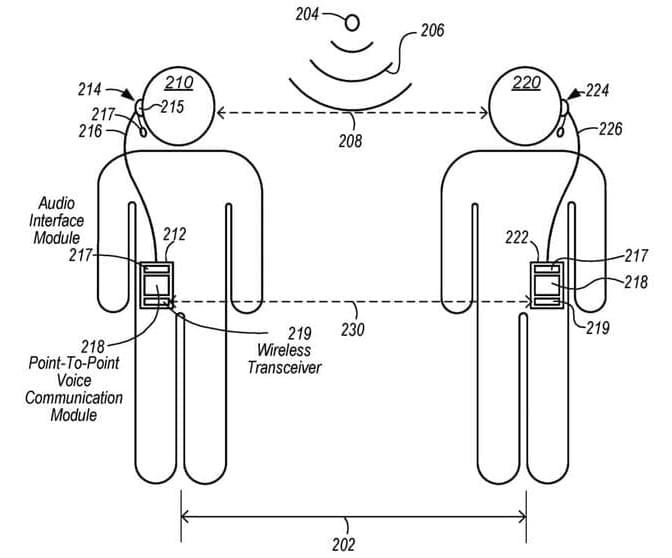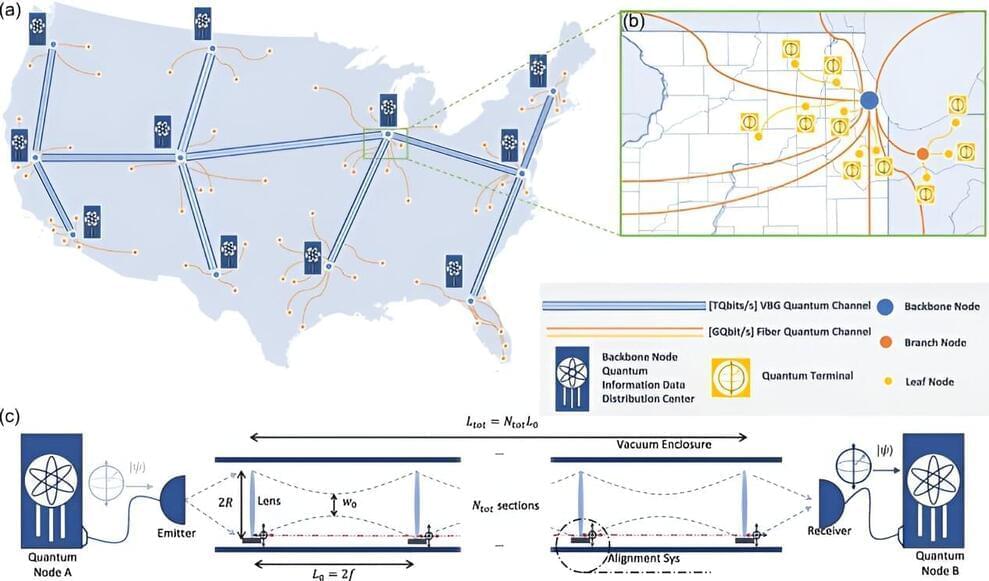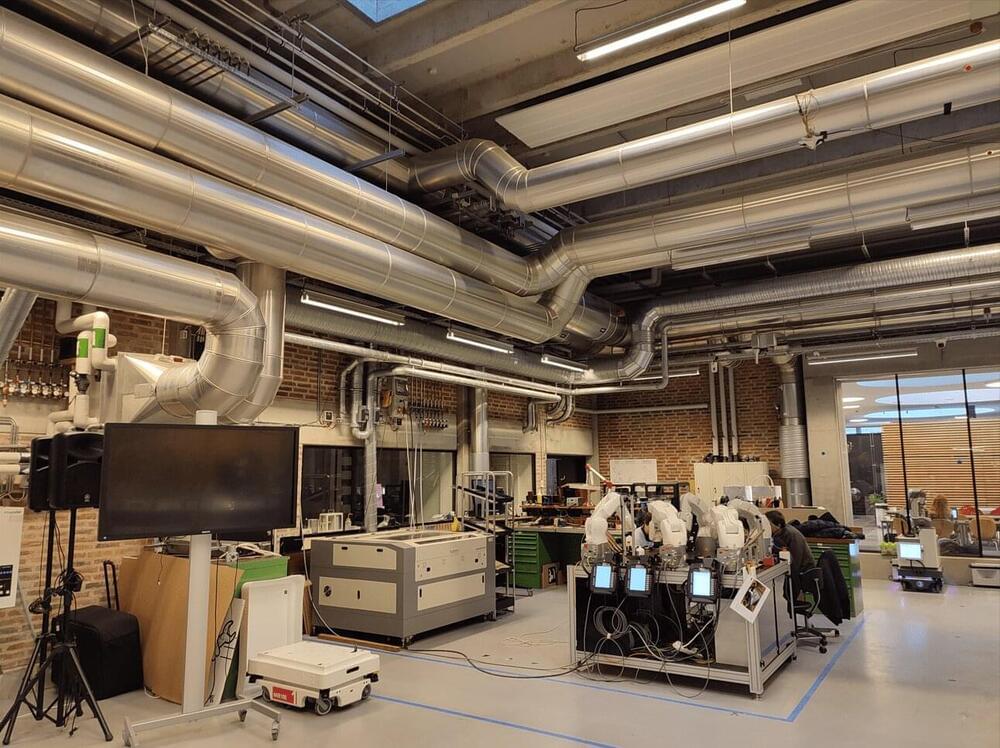Jul 12, 2024
Apple could reinvent group audio chat with no cell or WiFi needed
Posted by Shailesh Prasad in category: internet
Apple is developing technology that would allow any number of willing people in close proximity to start an audio chat, using only an iPhone and a headset like AirPods, with no WiFi or cell service needed.
Instantaneous communication like the Walkie-Talkie feature on the Apple Watch would be possible but with groups of people instead of individuals.
Unlike the Walkie-Talkie feature, this new technology would eliminate the roundtrip to Apple’s cloud servers, a step that makes Walkie-Talkie unreliable at times. Also, unlike Walkie-Talkie, this would allow groups of willing people to talk to each other simultaneously.

















